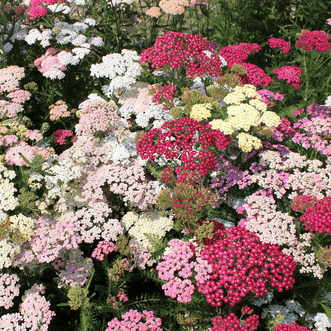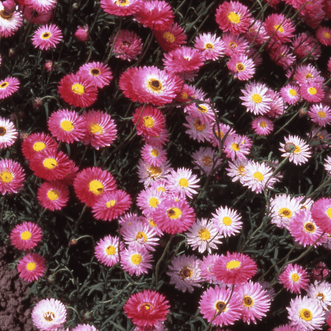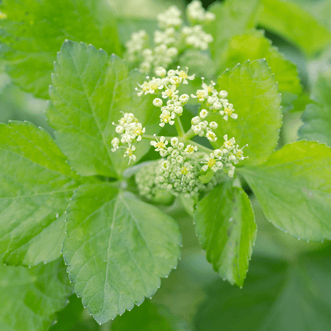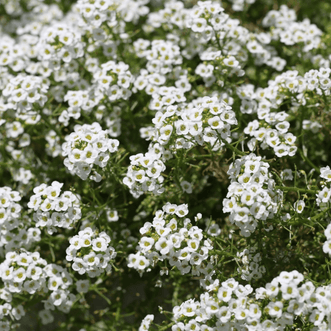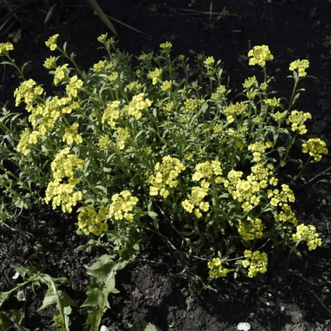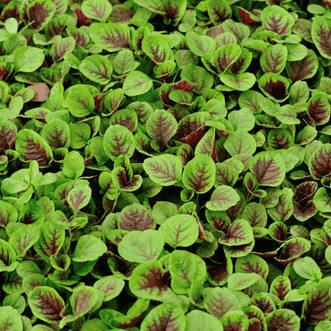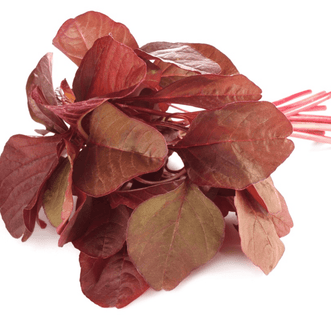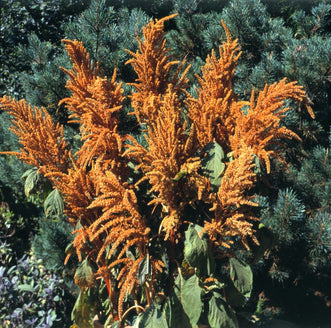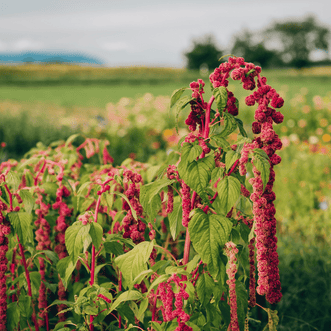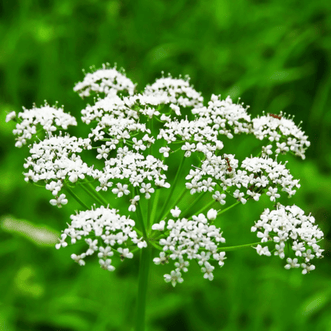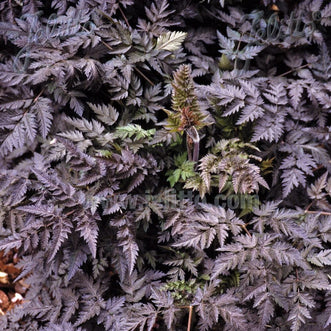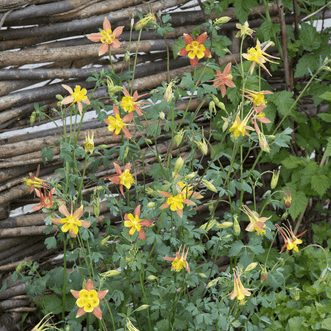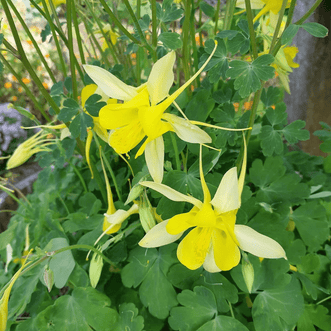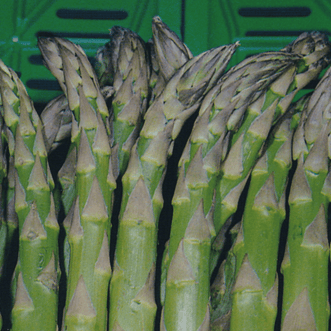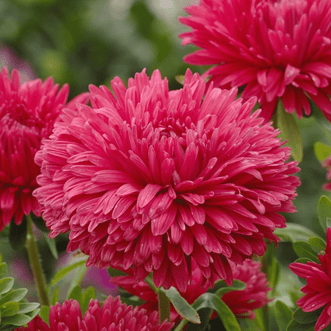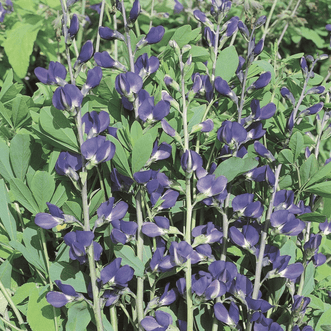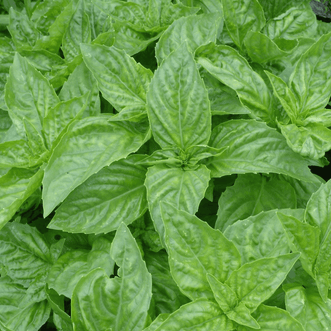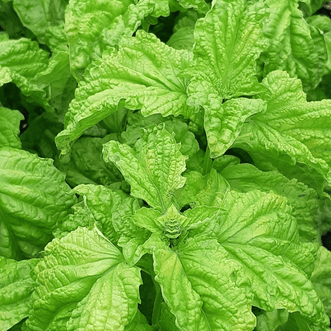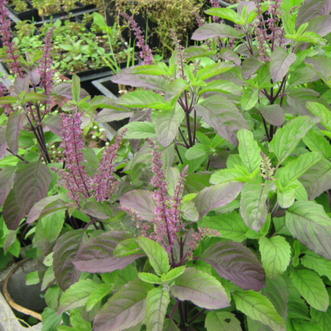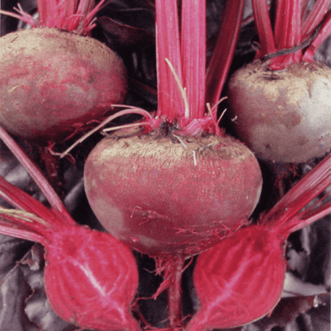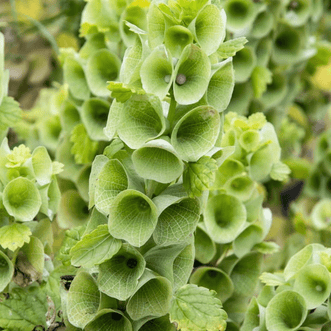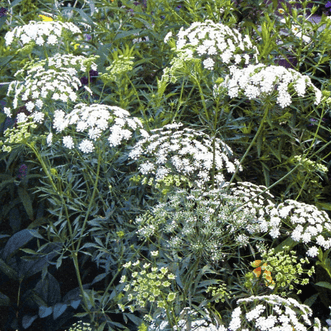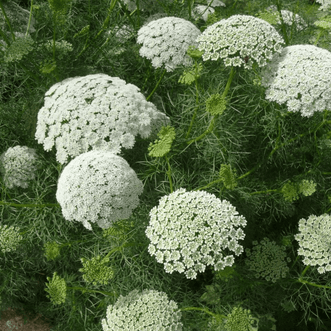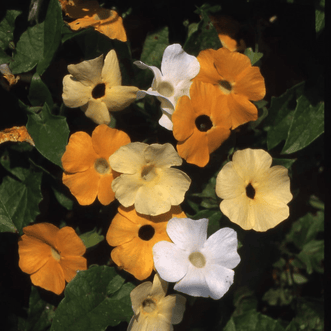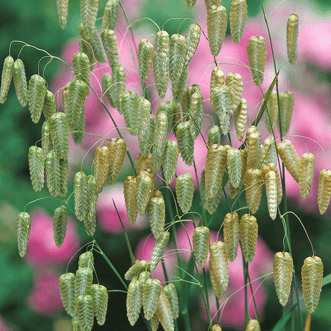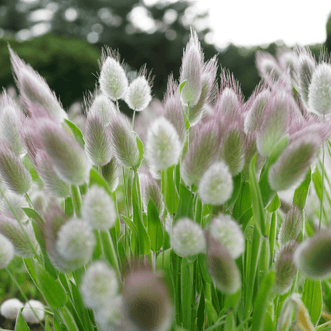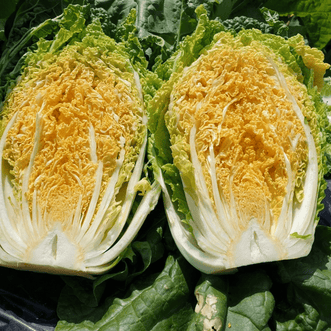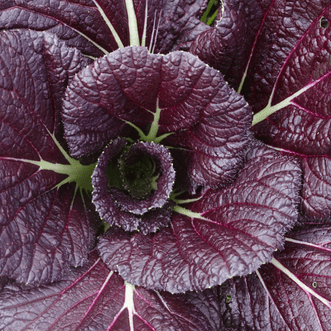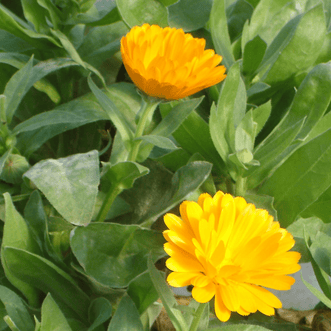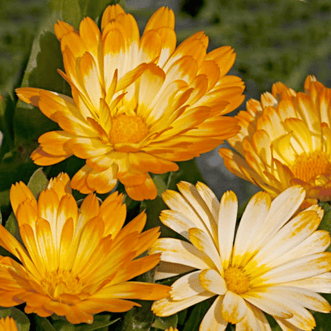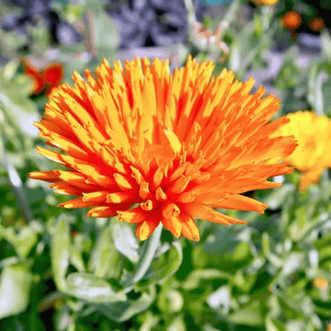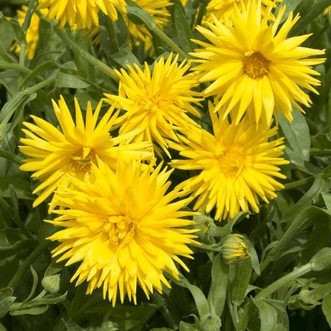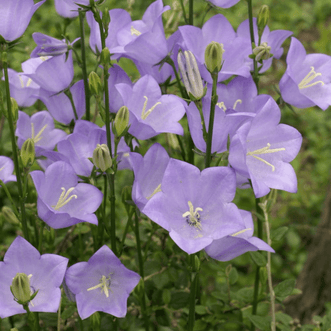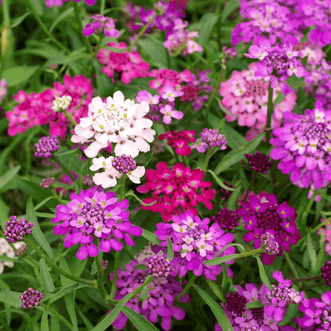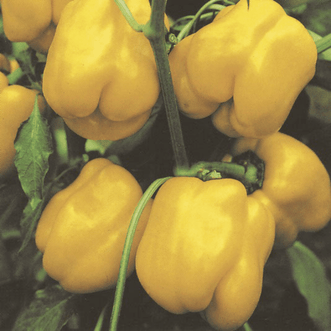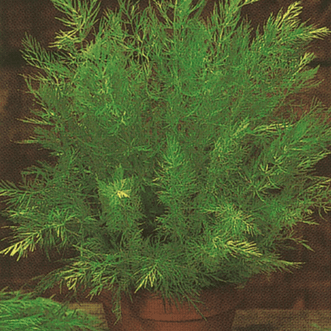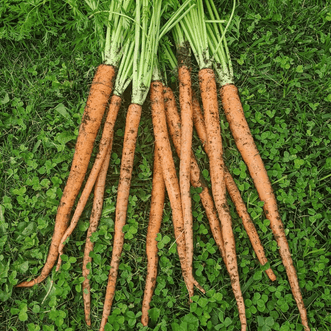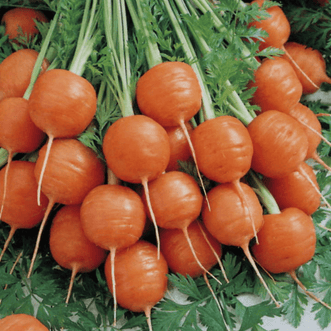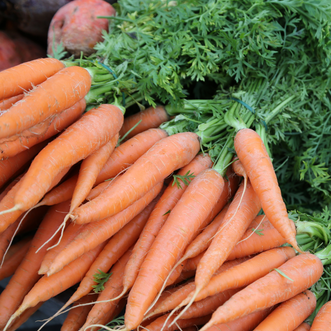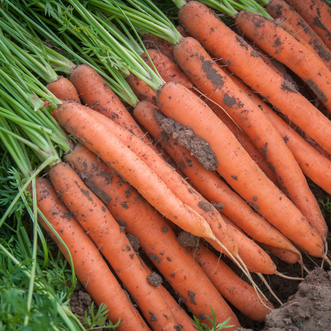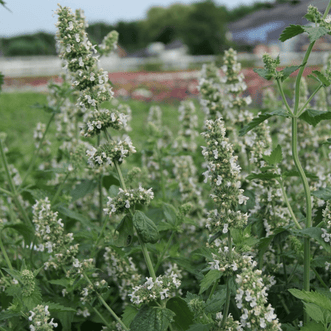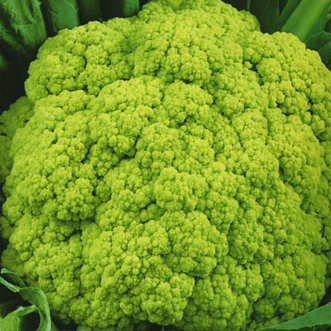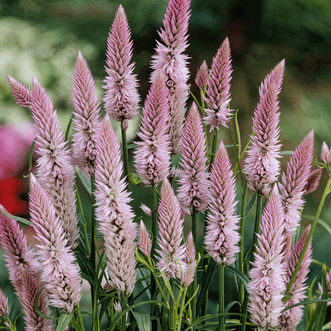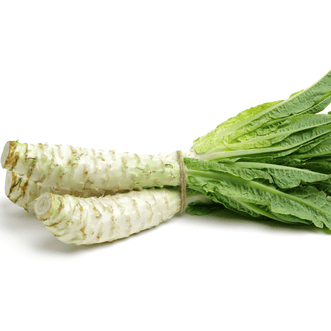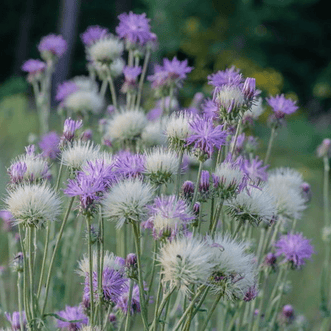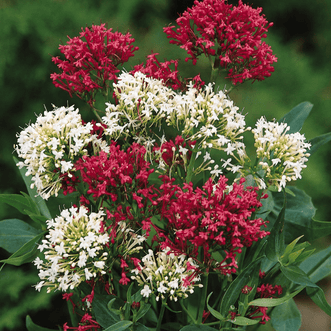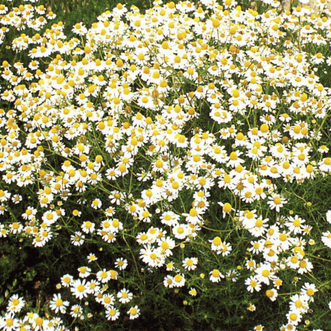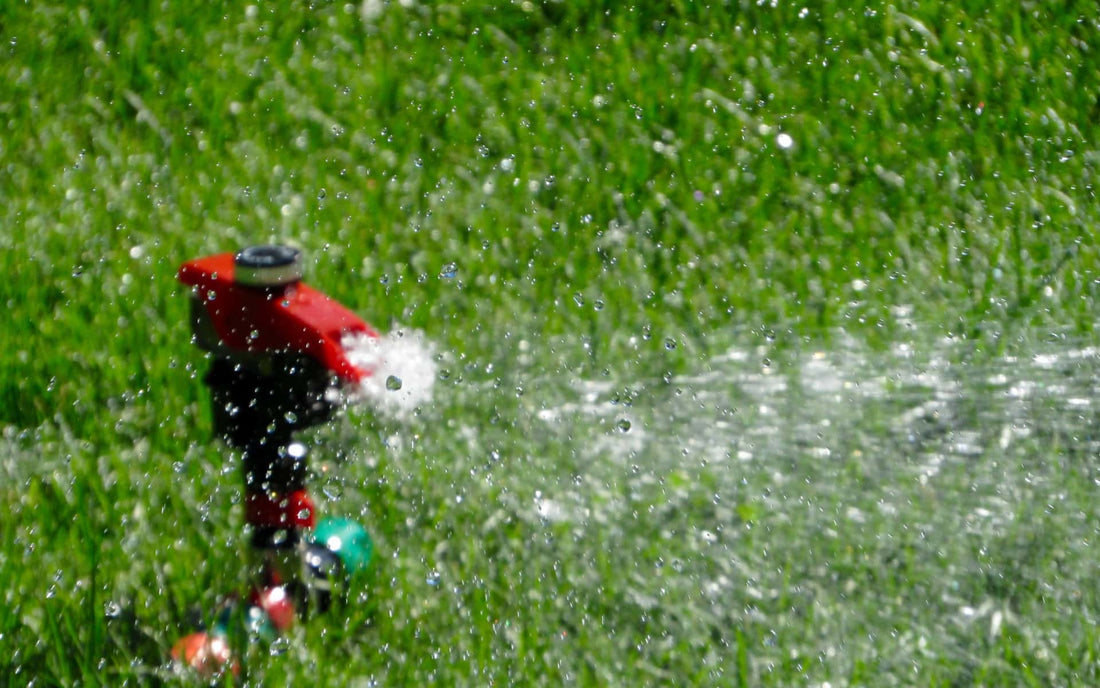
Preparing your garden for a hot, dry summer
KarenOn the radio this morning, the weather announcer imparted the news that temperatures are 7 degrees higher than this time last year, here in the Bay of Plenty. No wonder we have a few staff around here doing rain dances. Like many of you, we all have our gardens flourishing and need the water to keep our plants healthy and strong, so we welcome the odd day of rain.

Last summer was a very hot dry one in NZ and drought was declared in many parts of the country, including Northland, Waikato, Hawkes Bay, Bay of Plenty and Coromandel. Reports say the soil moisture deficit was 361mm and considered the worst drought in 70 years. That's really tough on the farmers but it also had a huge impact on our vegetable and flower gardens. With drought comes water restrictions, so trying to maintain water in your soil becomes vital.

Compost is a good cheap option for mulching, although those really hardy weeds tend to fight their way to the top far too quickly.
Stones or shells are an excellent and very attractive mulch but the cost means they are suitable to use in smaller quantities, for instance in your containers.
Straw or hay is a popular mulch used by many and helps to create a nice soft bed for your zucchini, cucumbers, melons, etc.
Bark or wood chip is a common option for mulching because it creates a great textured look. Have you noticed the coloured wood chip that is being used a lot these days as a great alternative to the plain old brown or neutral tone bark? It gives your gardens a nice landscaped look and you can create visual interest by mixing your colours. The colours range from black to red to green and all shades of brown. Opinions vary a lot on using coloured bark as many prefer to keep the dye out of their garden environment but it's nice to have the choice.
Unfortunately, my experience has been that the birds love bark too and its pretty funny sitting in the garden watching them toss it all about the place. Very messy, but entertaining!

Just as there are many options for mulch, there are also many options to consider when setting up your watering systems. If you like to stand in the garden watering by hand, possibly with your glass of wine in hand mulling over your day, that's great, but you will need something more automatic if you are heading off on holiday at any stage over the summer.
Water Crystals
These are a good place to start. Mix them into your soil and they help to hold the water longer. They are a great option for hanging baskets or pots that tend to dry out quickly, but you can also put them in your main gardens.
Slow release water systems
Trickle systems are perfect when you want to set your watering system to provide water slowly and constantly. The hoses are just set up through your garden or pots and slowly releases water over a lengthy period of time. They also seem to be a great option to use in conjunction with collected rainwater or recycled water you may be collecting.
Timers
These are quite an investment and even the cheaper versions cost $50-$70 from the big hardware stores. However, if you're like me, you tend to forget to water when you are busy, it's an investment well-made, and fantastic when you are away from home for any length of time. They are set for regular times on regular days. You just set the tap onto the pressure you require and then leave the timer to turn the water on when you have set it for and off again automatically.
Rainwater tanks
With water restrictions being fairly commonplace these days, this is a good option for saving water. There is a little problem when there has been no rain for some time, of course, but they are perfect for using nature - combined with a trickle or slow-release system that doesn't require too much monitoring.
If you are as lucky as I am to be able to gauge the end of summer by mushrooms growing in the nearby fields, you may have noticed this happened rather late this year. I usually start picking field mushrooms in March as the mornings chill off and the air moisture increases, but it was mid-April before we had the torrential downpours and then the mushrooms came in huge patches. If the mushrooms are late again at the end of this summer, I'm hoping my mulch will have helped to extend the life of my summer garden harvest until then.

